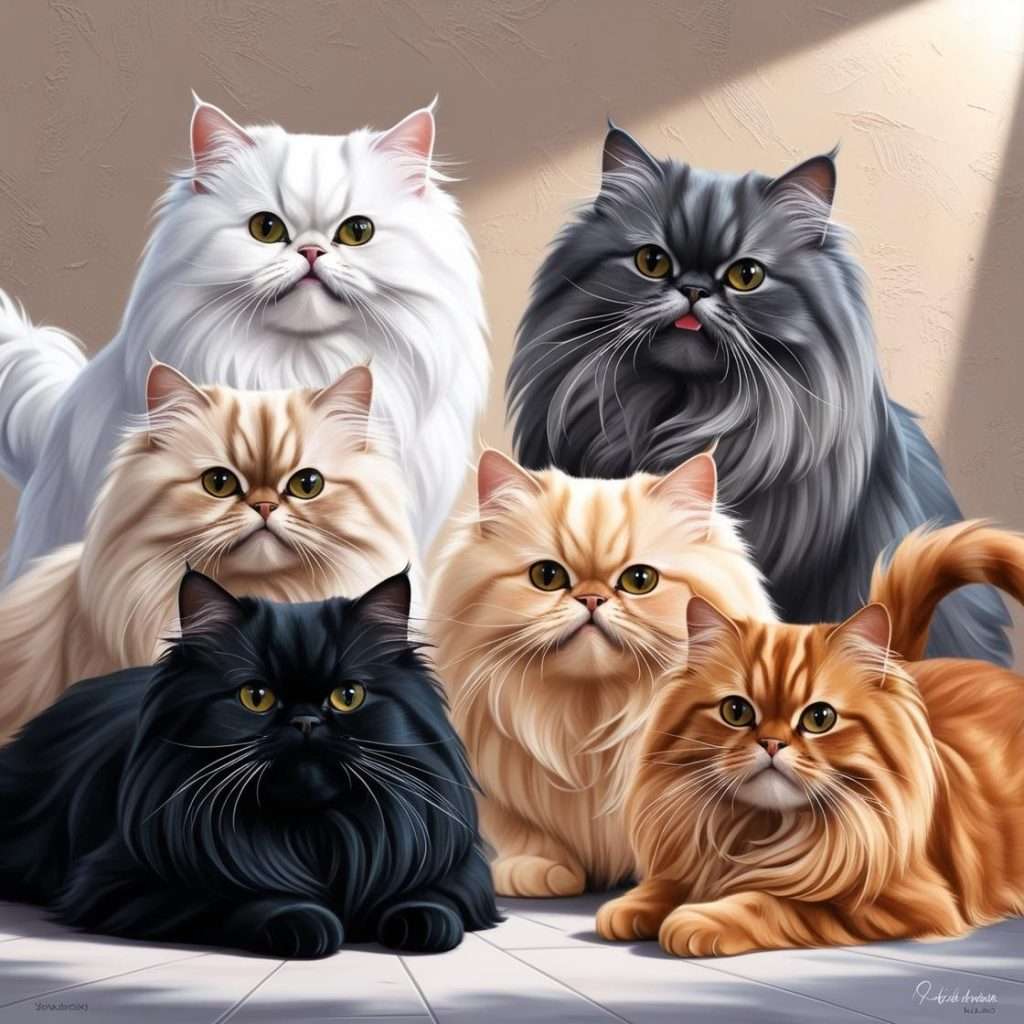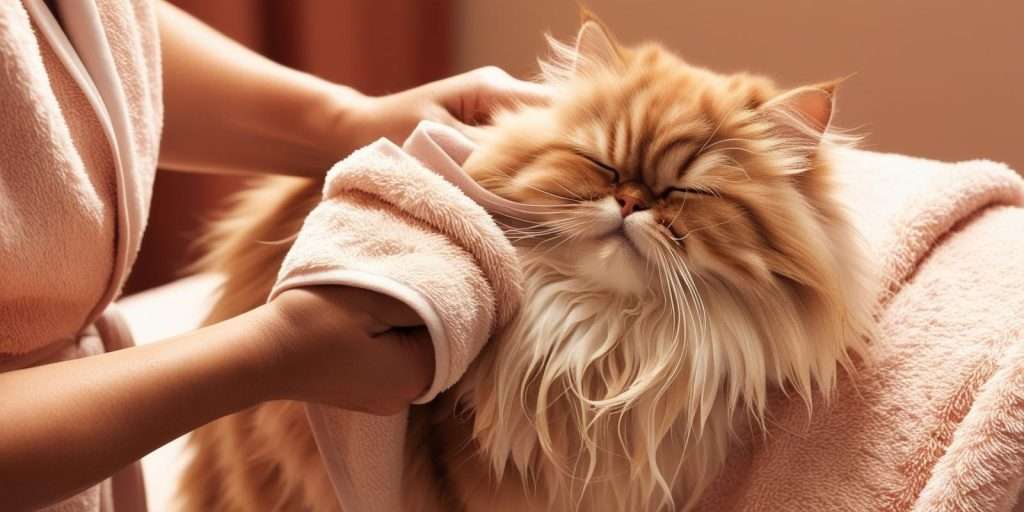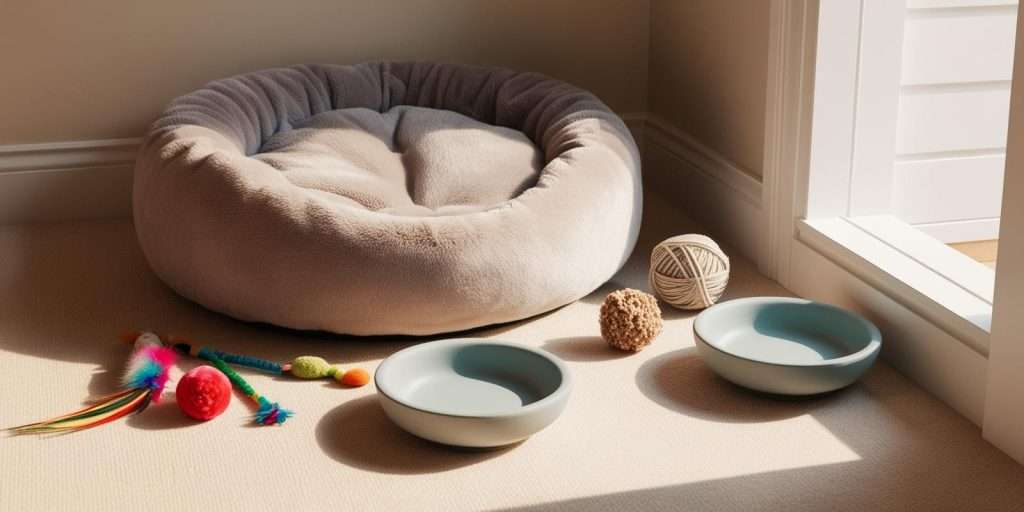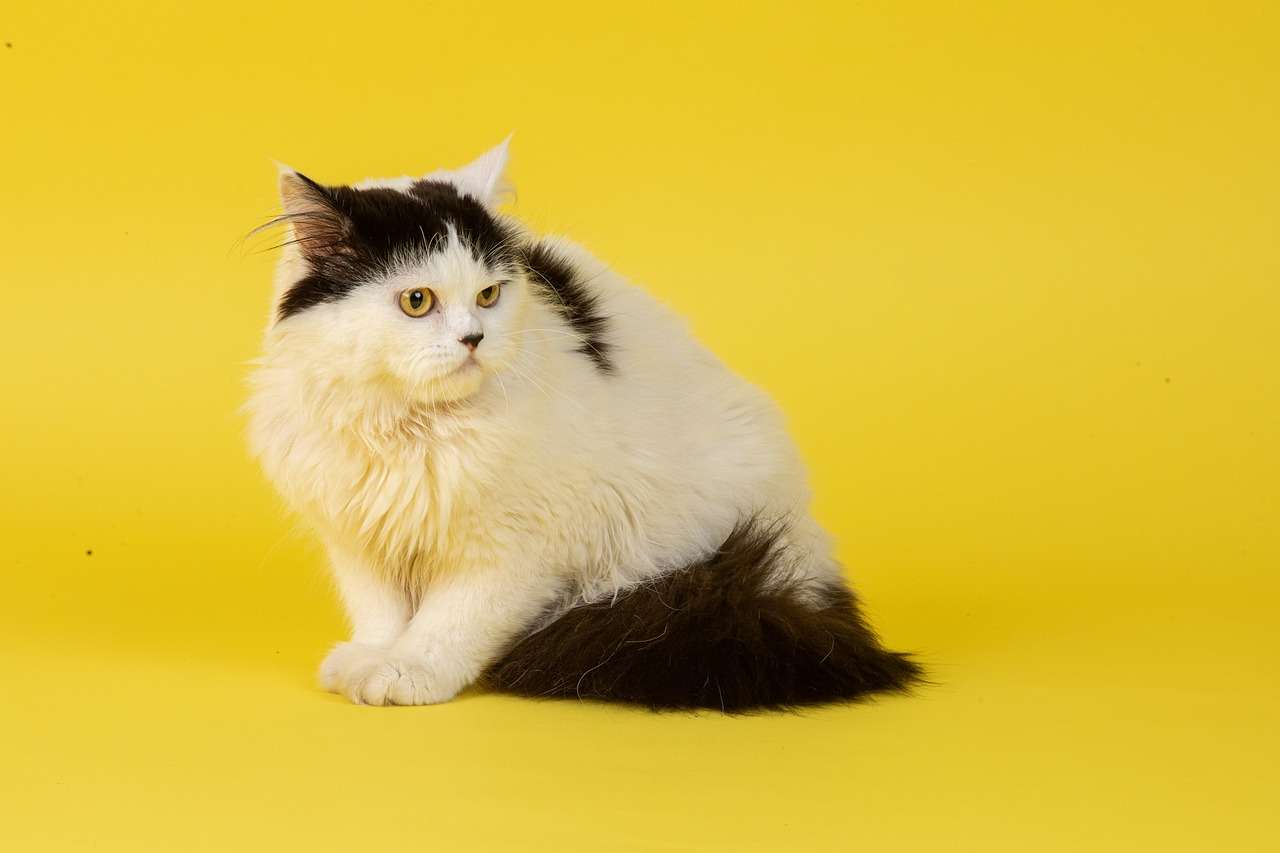If you love cats with beautiful fur and gentle personalities, Persian cats might be the ideal pet for you! Known for their long, luxurious coats and sweet expressions, Persians are one of the most popular cat breeds worldwide. These cats are calm, affectionate, and love a peaceful environment. In this guide, we’ll walk through everything you need to know about Persian cats—how to care for them, feed them, keep them healthy, and what to expect in terms of cost.
A Fun Story: How One Persian Cat Stole a Nap—and My Heart
I still remember the day I brought home my Persian cat, Luna. As soon as she arrived, she found the coziest spot on my sofa and settled in for a long nap. It was like she owned the place—and, honestly, I didn’t mind. From that moment, Luna showed me what it truly meant to live life slowly and with elegance. Her love of naps, gentle purrs, and the way she followed me around the house made her the best companion I could ask for.
The History of Persian Cats
Persian cats have a rich history that goes back hundreds of years. They originally came from Persia (modern-day Iran) and were brought to Europe in the 1600s. These exotic felines quickly became popular among European royalty for their stunning appearance. Over time, breeders developed the modern Persian cat with round faces, large eyes, and long fur that we recognize today.
Today, Persian cats are among the most sought-after breeds, known for their beauty and calm nature.
Persian Cat Appearance: Beautiful and Unique
1. Body and Face
Persian cats have rounded faces, short noses, and large, expressive eyes that give them a sweet, innocent look. Their small, rounded ears and flat noses make them stand out from other breeds. Persians are medium to large-sized cats with short legs and a solid, muscular build.
Coat and Colors
The most eye-catching feature of a Persian cat is its long, silky coat. These cats come in many colors, including:
- White
- Blue (Gray)
- Cream
- Black
- Golden and Silver Shades
Every Persian cat is unique because of the variety of color patterns available, including solid, tabby, bicolor, and shaded coats.

Persian Cat Personality: Gentle and Affectionate
Persians are known for their calm and loving nature. They are happy to sit next to their owners and enjoy quiet companionship. Persian cats are affectionate but not demanding. They prefer cuddles and gentle petting over rough play.
These cats enjoy a peaceful home and do well in environments without too much noise or activity. They get along well with children and other pets, as long as they are treated gently.
Checklist: Daily Care for Your Persian Cat
Use this quick checklist to keep your Persian cat happy and healthy:
🗹 Daily brushing to prevent tangles and mats.
🗹 Wipe eyes every day to remove tear stains.
🗹 Feed twice daily with high-protein food.
🗹 Keep fresh water available at all times.
🗹 Monthly baths to keep their coat clean.
🗹 Trim nails every 2-3 weeks.
🗹 Check for signs of respiratory issues—Persians may struggle in hot weather.
🗹 Regular vet visits for check-ups and vaccinations.
Grooming a Persian Cat: Daily Care for Their Long Fur
Brushing
Persians have long fur that can get tangled or matted if not properly maintained. Daily brushing is essential to keep their coat healthy and shiny. Use a soft-bristle brush or metal comb to gently remove loose hair and prevent knots.
Bathing Your Persian
To keep their coat clean, it’s a good idea to bathe your Persian cat once a month. Use a mild cat shampoo and rinse thoroughly. After the bath, make sure to dry your cat completely to avoid skin problems.

Eye and Face Cleaning
Because of their flat faces, Persian cats are prone to tear stains. Wipe their eyes daily with a soft cloth or cotton pad to keep them clean. Regular cleaning helps prevent infections and keeps their face looking fresh.
Feeding Your Persian Cat: What to Include in Their Diet
Nutritional Needs
Persian cats need a high-protein diet to maintain their muscle mass and coat health. Look for cat food that contains real meat, such as chicken, fish, or turkey, as the main ingredient. Omega-3 and omega-6 fatty acids in their food help keep their fur soft and shiny.
Feeding Schedule
- Adult Persian Cats: Feed twice a day—once in the morning and once in the evening.
- Kittens: Feed 3-4 small meals daily to support their growth and energy needs.
Portion Control
Since Persian cats prefer lounging over running around, they are prone to weight gain. Control their portions to prevent obesity. Ask your vet for specific feeding guidelines based on your cat’s age, weight, and activity level.
Health Issues to Watch for in Persian Cats
While Persian cats are generally healthy, they are prone to certain genetic and respiratory conditions. Here are some common health concerns to watch out for:
Brachycephalic Airway Syndrome
Because of their flat faces, Persian cats can have breathing difficulties, especially in hot or humid weather. Keep them cool and monitor them for any signs of respiratory distress.
Polycystic Kidney Disease (PKD)
PKD is a genetic condition that can affect Persian cats. It causes cysts to form in the kidneys, leading to health issues over time. Regular vet check-ups can help catch this condition early.
Eye Problems
Due to their large, round eyes, Persians are prone to excessive tearing and eye infections. Daily eye cleaning can help reduce the risk of these problems.
Dental Issues
Persians may develop dental problems due to their small mouths. Brushing their teeth regularly or giving them dental treats helps maintain their oral health.
How Much Do Persian Cats Cost?
The price of Persian cats varies depending on their pedigree, color, and breeder reputation. Here’s what to expect:
- Pet-Quality Persian Cats: $500 – $1,500
- Show-Quality or Rare Colors: $2,000 – $5,000
If you prefer to adopt, adoption fees range from $100 to $500. Adoption is a great way to give a cat a loving home while saving money. When buying from a breeder, make sure they provide health certificates and test for genetic conditions like PKD.
Preparing Your Home for a Persian Cat
Before bringing a Persian cat into your home, make sure you have everything they need to feel comfortable and safeEssential Supplies
- Grooming Tools: Brush, comb, and nail clippers.
- Litter Box: Place it in a quiet area.
- Food and Water Bowls: Use shallow bowls to make it easy for them to eat and drink.
- Cat Bed: Persians love soft, cozy spaces for naps.
- Toys: Although Persians are not very active, they still enjoy gentle play with feather toys or stuffed animals.

Conclusion
Persian cats are loving, gentle companions that bring peace and beauty to any home. Their long fur, sweet faces, and calm personalities make them stand out among other breeds. Owning a Persian cat is a rewarding experience, but it does require commitment—especially when it comes to grooming and health care.
Whether you decide to adopt or buy, a Persian cat will fill your home with love and companionship. With proper care, your Persian will thrive and be a cherished member of your family for many years to come.
Learn more about the Persian cat breed here.
Learn more about the Siamese cat breed

